
Placenta: 1st trimester
The embryonic surface shows the chorionic plate, chorionic villi, and intervillous space filled with maternal blood. The chorionic plate (embryonic surface) is differentiated from the decidua (maternal surface) by the presence of blood vessels passing between the chorionic plate and the villi and by the lack of the thick trophoblastic shell, fibrinoid, and decidua. 400x
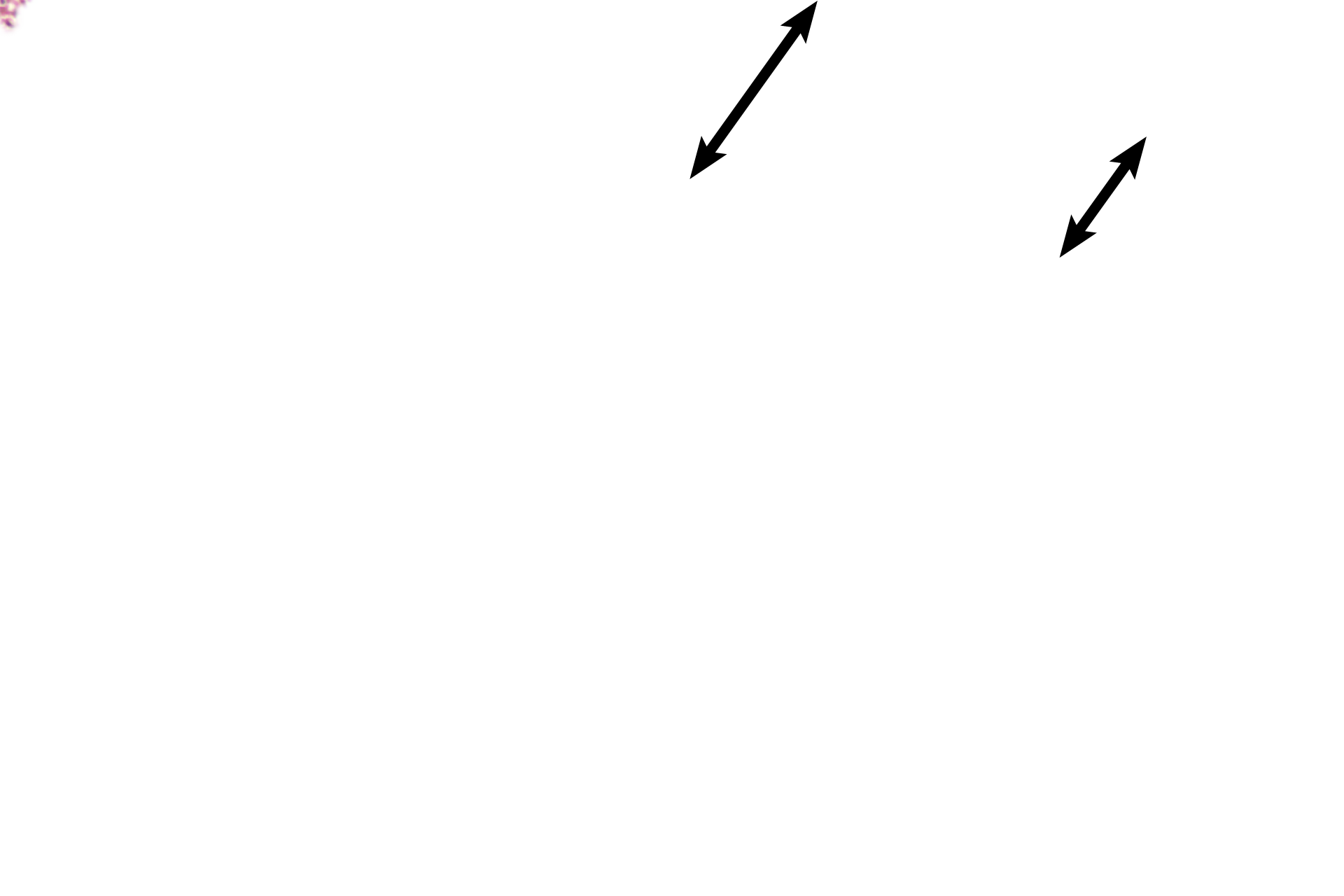
Chorionic plate >
The chorionic plate, attached to the amnion (not present here) encompassing the embryo, is composed of extraembryonic connective tissue covered by trophoblastic epithelium. The two layers of the trophoblast cannot be differentiated at this magnification.
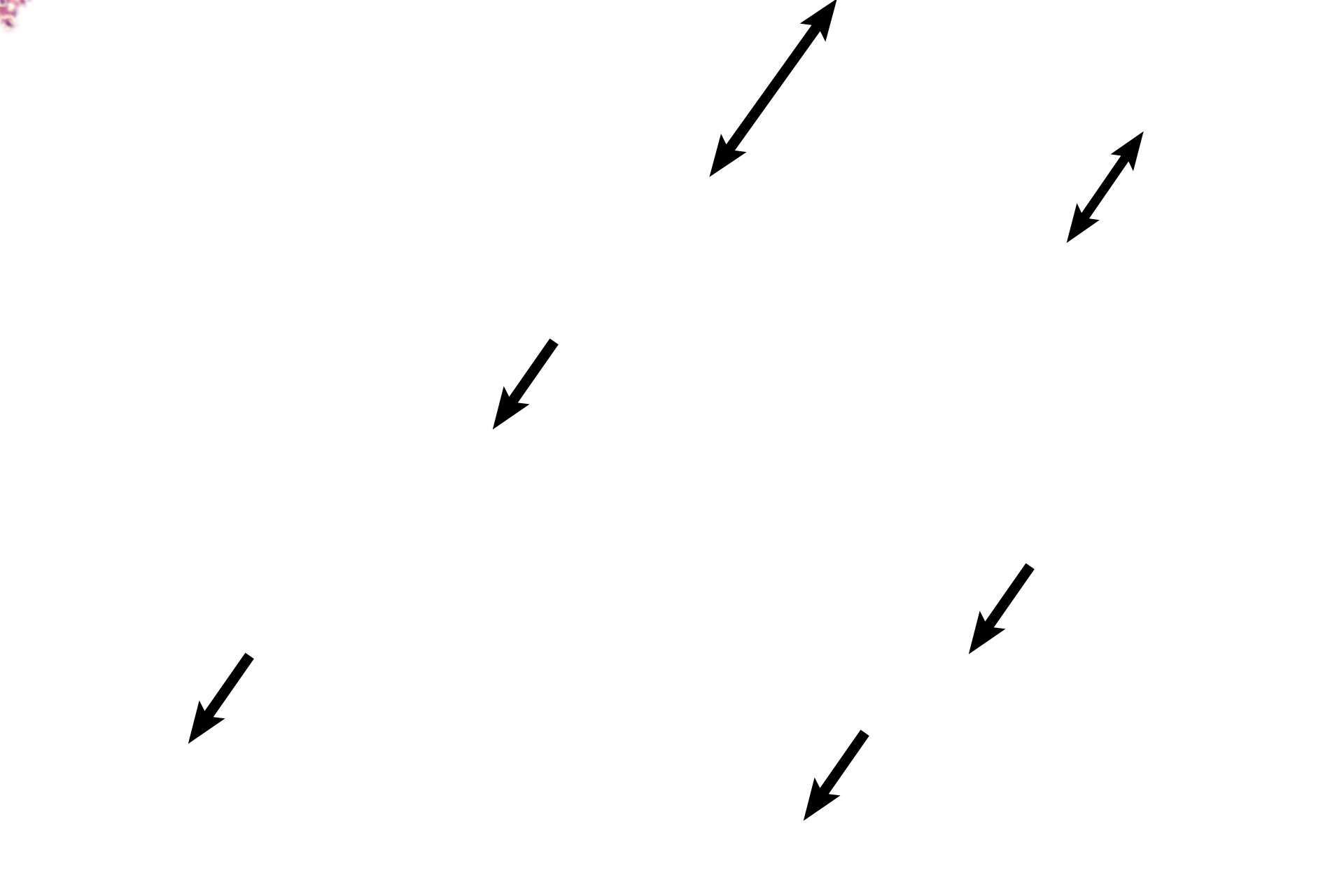
Embryonic connective tissue
The chorionic plate, attached to the amnion (not present here) encompassing the embryo, is composed of extraembryonic connective tissue covered by trophoblastic epithelium. The two layers of the trophoblast cannot be differentiated at this magnification.
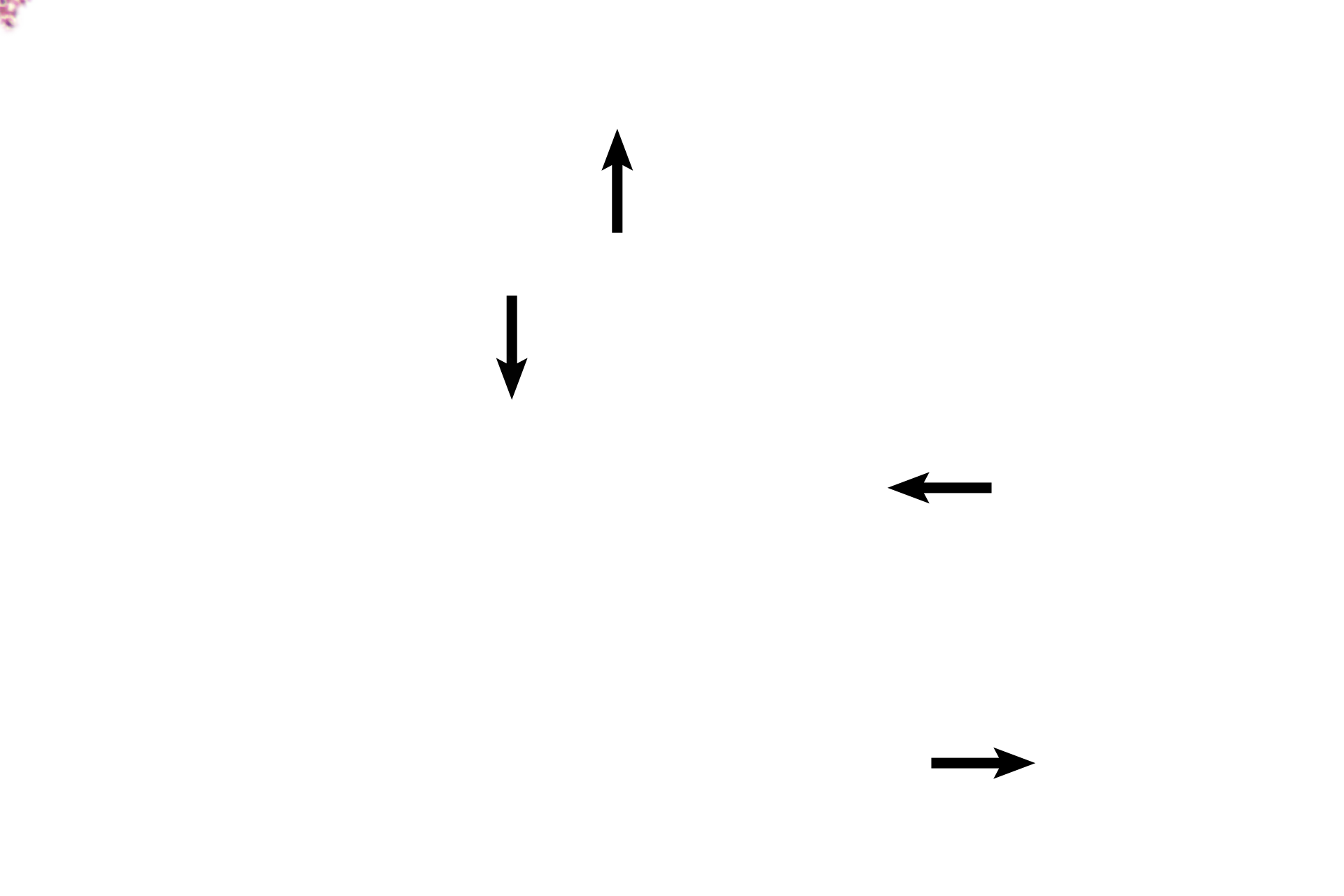
Trophoblast
The chorionic plate, attached to the amnion (not present here) encompassing the embryo, is composed of extraembryonic connective tissue covered by trophoblastic epithelium. The two layers of the trophoblast cannot be differentiated at this magnification.
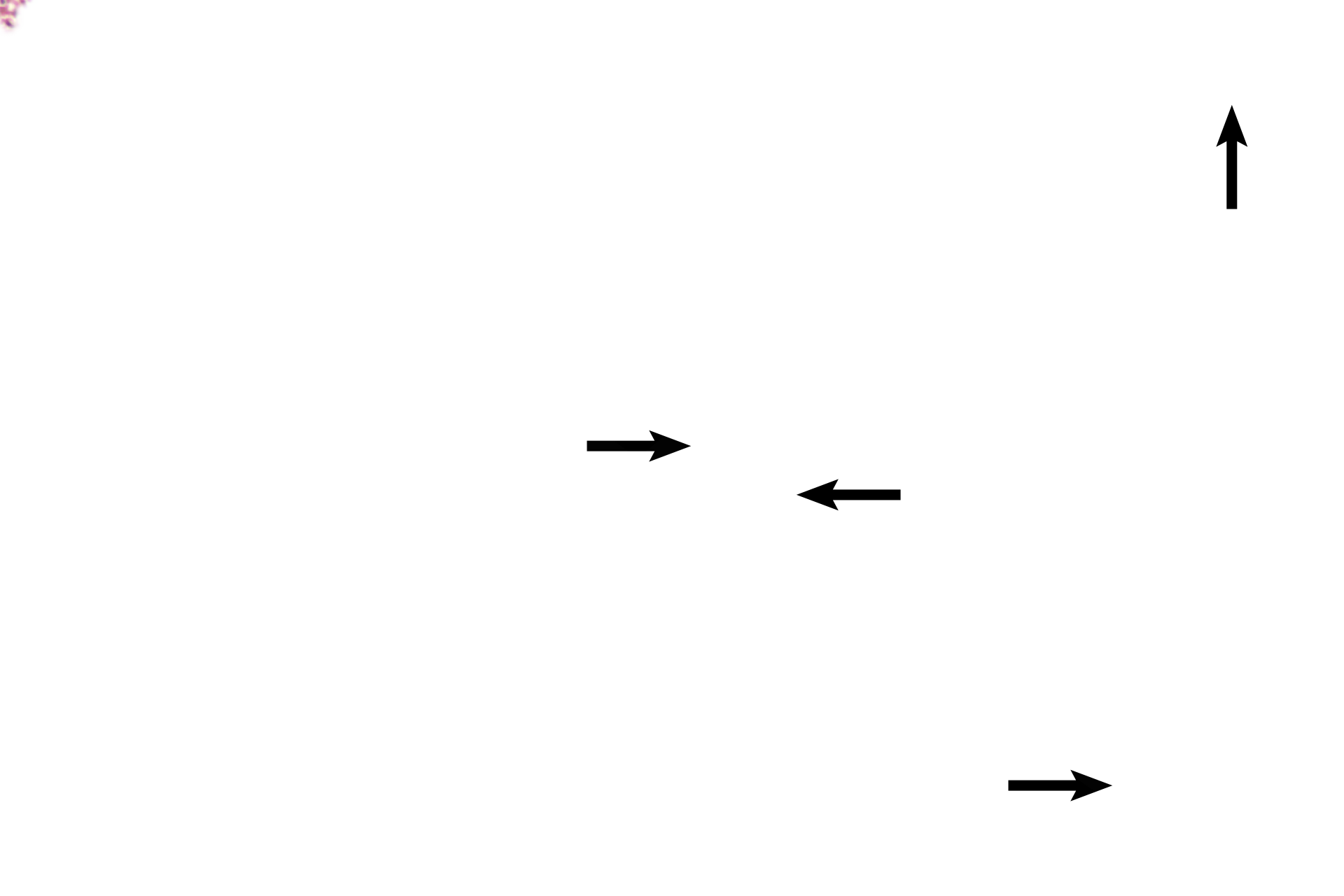
Embryonic blood vessels >
Embryonic blood vessels travel through stem villi to supply capillary beds located in the floating villi. Floating villi fill the intervillous space, where they are bathed in maternal blood.

Stem villus >
A stem villus, projecting from the chorionic plate, consists of a core of fetal connective tissue covered by the double-layered trophoblast. Each stem villus branches into smaller floatiing villi that fill the intervillous space.
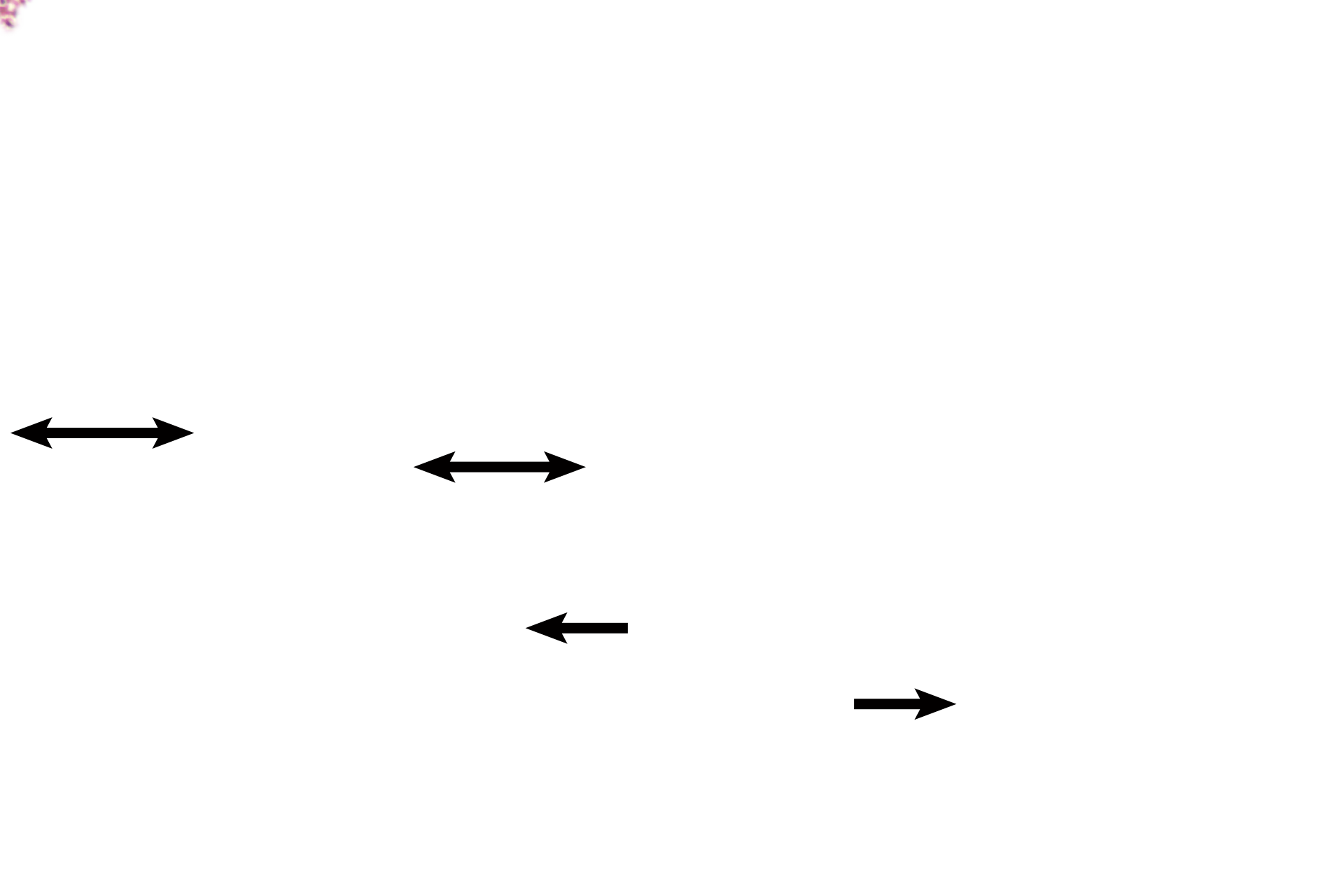
Floating villi
A stem villus, projecting from the chorionic plate, consists of a core of fetal connective tissue covered by the double-layered trophoblast. Each stem villus branches into smaller floatiing villi that fill the intervillous space.

Intervillous space
A stem villus, projecting from the chorionic plate, consists of a core of fetal connective tissue covered by the double-layered trophoblast. Each stem villus branches into smaller floatiing villi that fill the intervillous space.
 PREVIOUS
PREVIOUS